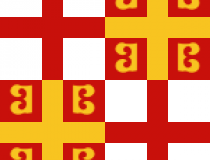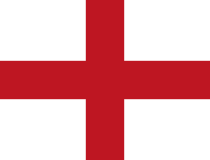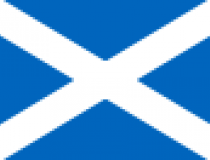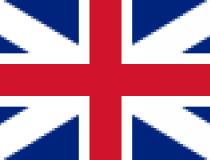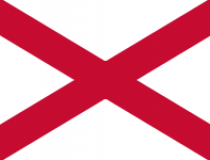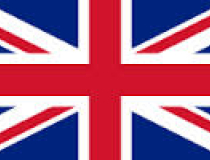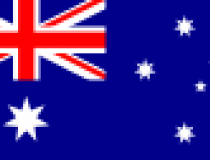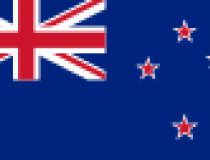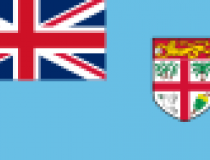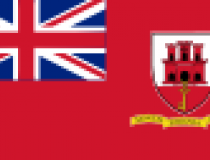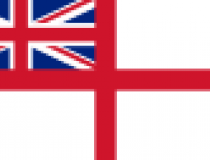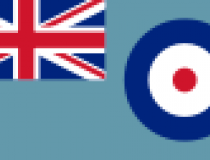Britain was part of the Roman Empire until 410. After the departure of the Romans started fertile territory snare Germanic tribes. After England, who took over the largest part of the territory was named England.
In 596, Pope Gregory I the Great sent to Britain Benedictine Abbot Augustine with a group of 40 monks spread Christianity in 601, and I named him Archbishop of Canterbury. At that time, during the reign of Justinian I reached the Eastern Roman Empire the largest territorial expansion and Constantinople was one of the most important trade centers and had a decisive effect on trade, the Christian religion, a political system, law, architecture and art in large parts of Europe and the Middle East. The alliance with Byzantium guarantee safety and commercial benefits. Allies therefore labeled their boats and territories white flag with a red cross. A simpler and highly visible symbol was taken from the Byzantine flag.
In the end of 11th century penetrated from Central Asia to the Eastern Mediterranean belligerent nomadic tribes of Seljuq Turks. Suspended business Byzantine, Genoese and Venetian merchants with India and China and threatened Constantinople. In 1095 Pope Urban II. the church council at Clermont declared a crusade on 08.15.1096 under common white flag with a red cross. The white color of the flag symbolizes purity, devotion, conciliatoiness,to Christianity and red cross was a symbol of suffering and shed blood of Jesus Christ and the Christian Martyrs. The main patron of the Crusaders and Knights were early Christian martyrs Saint George. III. Crusade 1189 - 1192 attended the English King Richard I, who for heroism in combat and invincibility dubbed the Lionheart. Twice defeated Saladin and finally truce with him and rescued Jerusalem for Christians and Muslims. After the return of King Richard I Lionheart home Saint George became the patron saint of England. Since 1222 England has introduced the feast day of St. George, and from 1415 he was promoted to one of the most important holidays of the year and its symbol was the cross of St. George - white flag with a red cross.
In 1603 after the death of childless Queen Elizabeth I took the English throne Scottish King James VI. His mother was Mary's cousin Elizabeth I. English and Scottish United Kingdom as an independent state Kingdom existed in the years 1707 - 1801 using a common flag, created when the English flag - the cross of St. George with the Scottish flag - the cross of St. Andrew, who was the chief patron Scotland. According to legend, during the battle in the 8th century appeared in blue sky white cloud shaped X Scots in Revelation saw the cross on which Saint Andrew was crucified, and believe that standing on their side. After winning a battle proclaimed St. Andrew for his patron and started using a blue flag with a white diagonal cross - the cross of St. Andrew. After the suppression of the Irish rebellion was founded in 1801. The United Kingdom of Great Britain and Ireland. The flag of the Kingdom of Great Britain was translated Irish symbol - the cross of St Patrick's Day - red diagonal cross on a white field. Cross of St. Patrick in Ireland had a rich history and was the most important symbol of the Irish, but was very properly designed and used for new and unique flag of the United Kingdom of Great Britain and Ireland. In 1922 a large part of Ireland left the United Kingdom, which was renamed the United Kingdom of Great Britain and Northern Ireland, but called the Union Jack flag remained unchanged. Small Union Jack in the upper left corner of the flag of the former British colony and the maritime and aviation flag.

